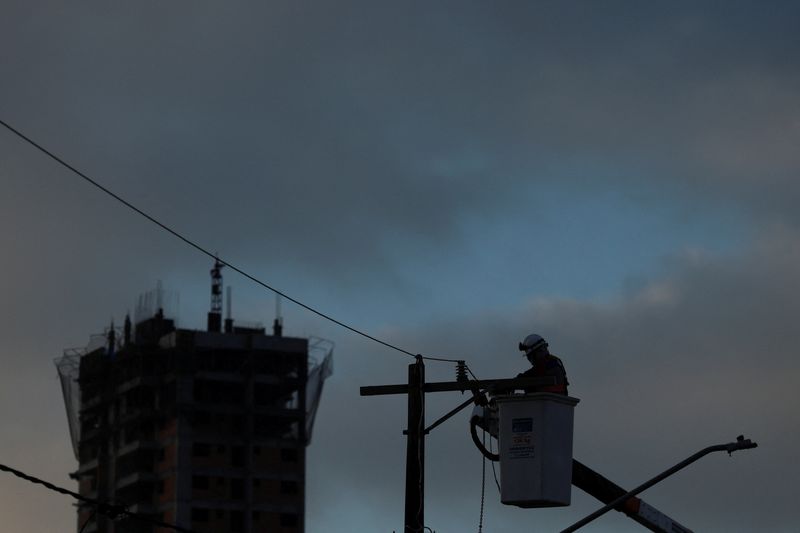In mid-October, Brazil experienced a notable acceleration in inflation, primarily driven by soaring electricity costs, which have become a significant concern in the nation’s economic landscape. According to the Brazilian government’s statistics agency IBGE, the IPCA-15 index, which measures consumer price changes, increased by 0.54% during this period, a substantial rise from the mere 0.13% observed in the previous month. This sharp increase surpassed the expectations of economists, who had predicted a more moderate 0.50% rise. Over a twelve-month span leading to mid-October, the inflation rate climbed to 4.47%, a marked increase from 4.12% the previous month and exceeding the 4.43% forecasted by analysts.
A significant factor contributing to this uptick in inflation was a steep 5.29% rise in residential electricity prices. This surge reflects ongoing challenges in Brazil’s energy sector, particularly following the adverse effects of a major drought, which has exacerbated the overall cost of living and economic stability. Additionally, prices for food saw an increase of 0.87% during the same month, further stressing consumer budgets and driving inflationary pressures. The combination of higher energy and food costs has serious implications for everyday Brazilians, impacting their purchasing power and overall economic well-being.
The situation has prompted reactions from Brazil’s central banking authority, the Banco Central do Brasil (BCB), which has taken measures to address the rising inflation. In September, the BCB initiated an interest rate-hiking cycle, introducing a 25 basis point increase to combat the inflationary pressure. However, with ongoing comments from policymakers indicating concerns over strong inflation in services and unanchored inflation expectations, market analysts suggest that a more aggressive approach may be necessary. Specifically, there is speculation that the central bank may escalate its rate hikes from 25 basis points to 50 basis points in future meetings to effectively curb inflation.
Experts are closely watching the inflation trends within Brazil, considering the broader implications of persistent inflation for economic policy and consumer sentiment. Narrative trends suggest a heightened concern regarding “services inflation,” which refers to the rising costs associated with services such as transportation, healthcare, and education. As the BCB navigates this critical economic juncture, the focus remains on balancing the necessary adjustments to interest rates with sustaining economic growth amidst rising prices.
The Brazilian economy’s current state reflects a delicate interaction between inflationary pressures and monetary policy responses. By raising interest rates, the central bank aims to restore some balance in a financial landscape increasingly challenged by rising costs. However, the potential consequences of higher interest rates could lead to reduced spending and investment, an outcome that would need to be carefully managed to avoid further economic stagnation.
In summary, the latest inflation figures underscore a period of increased economic strain for Brazil, primarily driven by elevated electricity and food costs. As inflation rates ascend and consumer prices climb, the central bank’s subsequent policy actions will play a crucial role in determining the economy’s trajectory. Given the complexity of the situation, the Brazilian government faces significant challenges ahead in stabilizing prices while promoting growth in the wake of external shocks and internal economic pressures.

